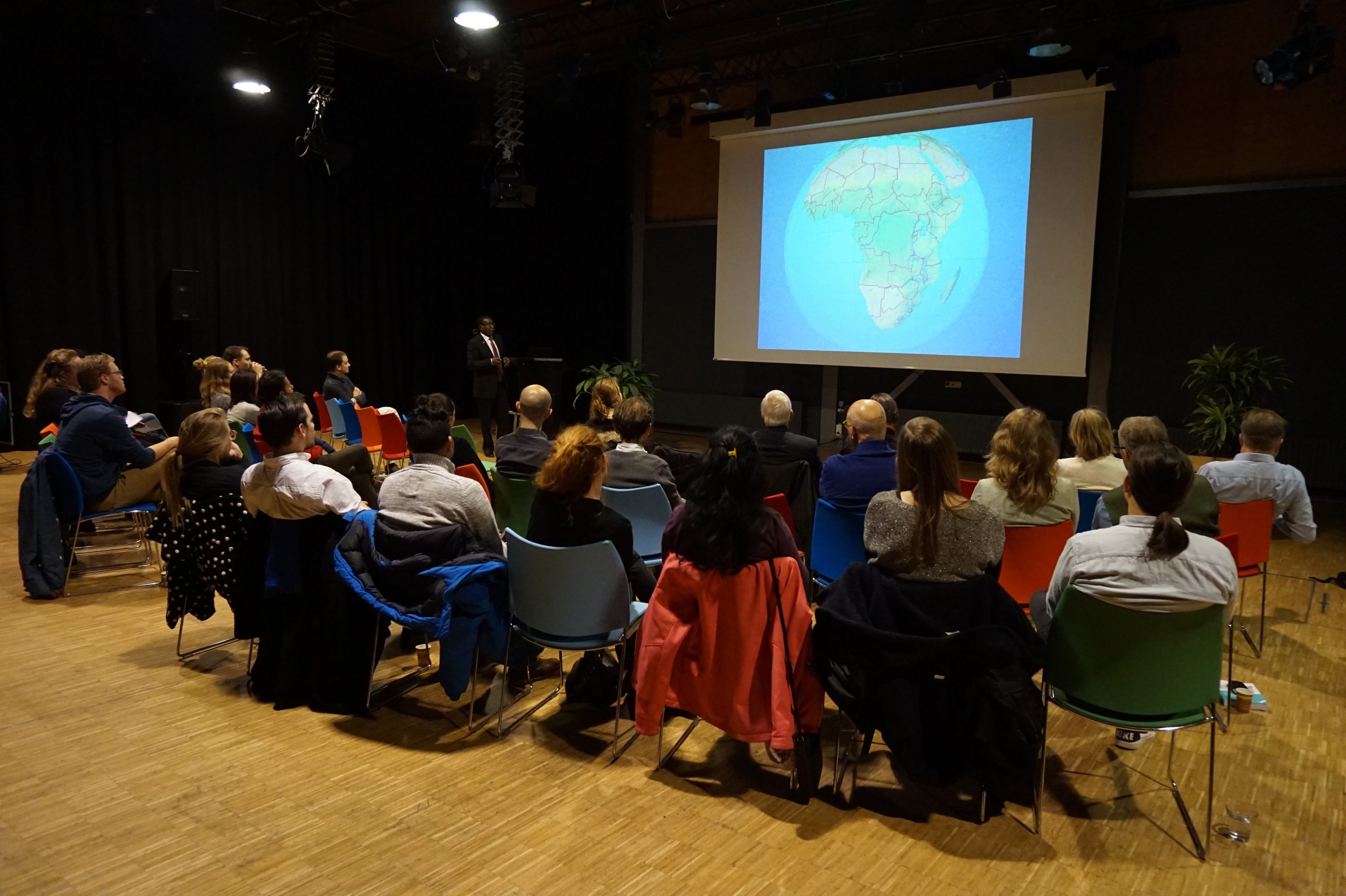Many projects and products are helping to improve the lives of people in the world’s most vulnerable nations. Several of them were discussed at Responsible Innovation to Improve Global Well-Being.
The seminar was held in the Sports & Culture building on November 11, 2016 and it honoured the doctoral defence of Industrial Design Engineering student Annemarie Mink. Her thesis analysed the complications that designers face while they adapt their products for users in regions impacted by limited resources or other complications. The seminar featured members of her defence committee, each of whom addressed the ambitious efforts of innovators, medical personnel and others.
Among them was Dr. Mugendi M’Rithaa from South Africa’s Cape Peninsula University of Technology who led a presentation titled ‘Socially Responsible Design in Africa.’ He discussed several obstacles that are hindering progress across the continent. Everything from tedious bureaucratic procedures to global climate change can slow down designers.
Despite these roadblocks, Dr. M’Rithaa said that many innovative businesses have emerged across Africa in recent years. One example is Enda Athletic, a company in Kenya that’s celebrating the nation’s history of sporting while it develops world-class running shoes. A device that can charge electronics after being connected to a bicycle is just one of the products being developed by IDESO, a specialist design consultancy based in South Africa. Throughout his presentation, Dr. M’Rithaa used several classical African proverbs to further emphasise his points.
“A razor is sharp,” he said while discussing the need for many nations to improve how they use their economic resources. “But it can’t cut a tree like an ax.”
Dr. Ria Reis from the University of Amsterdam also led ‘Context, Culture, Health and Well-Being’, a presentation that covered the problems medical professionals face in some parts of Africa. Regional politics, cultural differences and religious beliefs often interfere with efforts to treat patients or create new medical devices.
“For example, let’s say that you want to design a child-friendly asthma inhaler,” she said. “You’ll conduct research with children and their parents. When you speak with the parents, you have to conclude if you’re talking to an individual or someone who is being heavily influenced by the groups around them.”



Comments are closed.